🎥 Watch the video:
The bulk carrier Derbyshire was once the pride of British shipbuilding. Built in 1976, stretching over 290 meters in length, it belonged to the Bibby Line and was considered one of the safest ships of its class. A unique feature of its design was additional longitudinal bulkheads, meant to make the hull stronger than ordinary bulk carriers.
By 1980, Derbyshire was just 4 years old — practically new. The crew numbered 42 people, including two seafarers’ wives. On July 11, the ship departed from Canada bound for Japan with a cargo of 157,000 tons of iron ore. At the helm was the experienced 47-year-old Captain Geoffrey Underhill.
But by September 1980, the last message came through: the ship had sailed into Typhoon Orchid. After that — silence. Derbyshire vanished without a trace, leaving no distress signal, no wreckage, nothing.
The families who refused to give up
For years, the British government hesitated to investigate. With no wreckage, no witnesses, and no coordinates of the sinking, it seemed as if the vessel had simply “dissolved” into the ocean.
But the families of the crew refused to accept this. They formed the Derbyshire Family Association and spent decades demanding answers. Their persistence uncovered a fatal weakness in the ship’s design — around frame 65, the hull structure was dangerously fragile.
And then, something happened that finally confirmed their suspicions.
❓ What happened next? How was the truth finally proven — and why did it take 20 years for answers to emerge? Watch the full video on YouTube!
Support the captain with a subscription and a comment. It matters not only for the algorithms — but also as a sign of solidarity with the seafaring community.
Stella Maris Ukraine is the Ukrainian branch of a global Catholic maritime charity that has been supporting seafarers and their families worldwide for over 100 years. We provide free psychological, educational, financial, and legal assistance.
Join our community — learn more on our website!


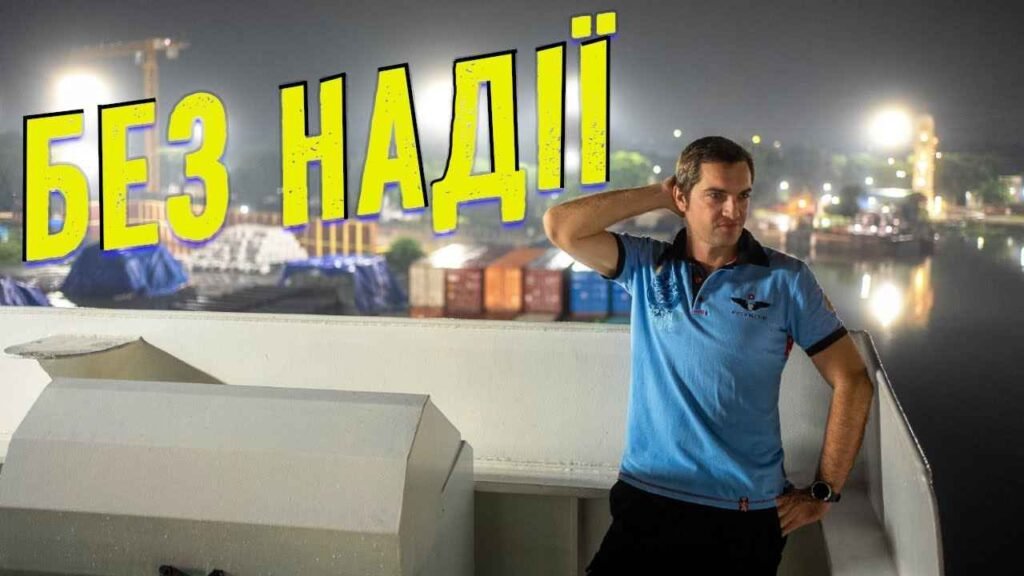
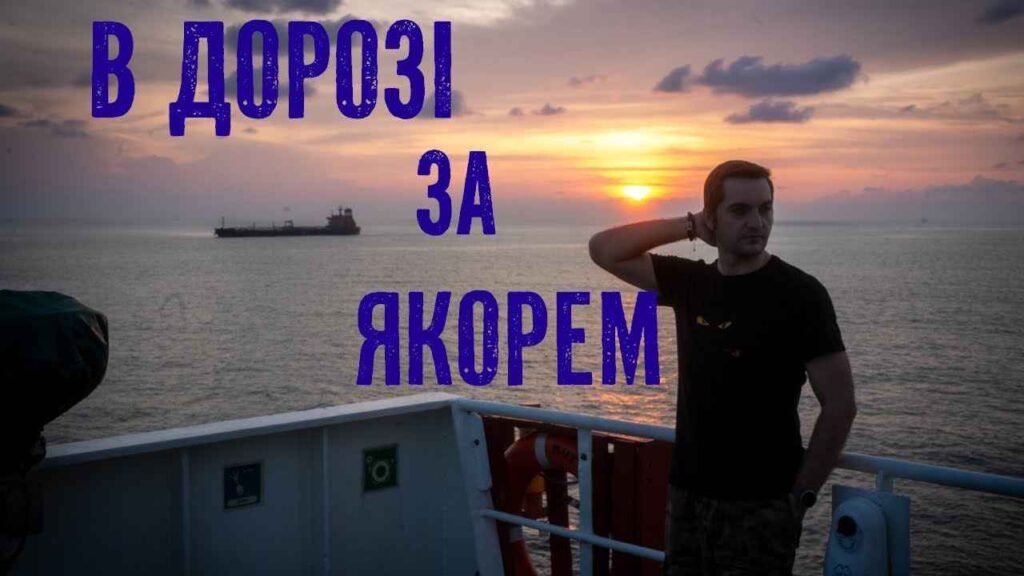

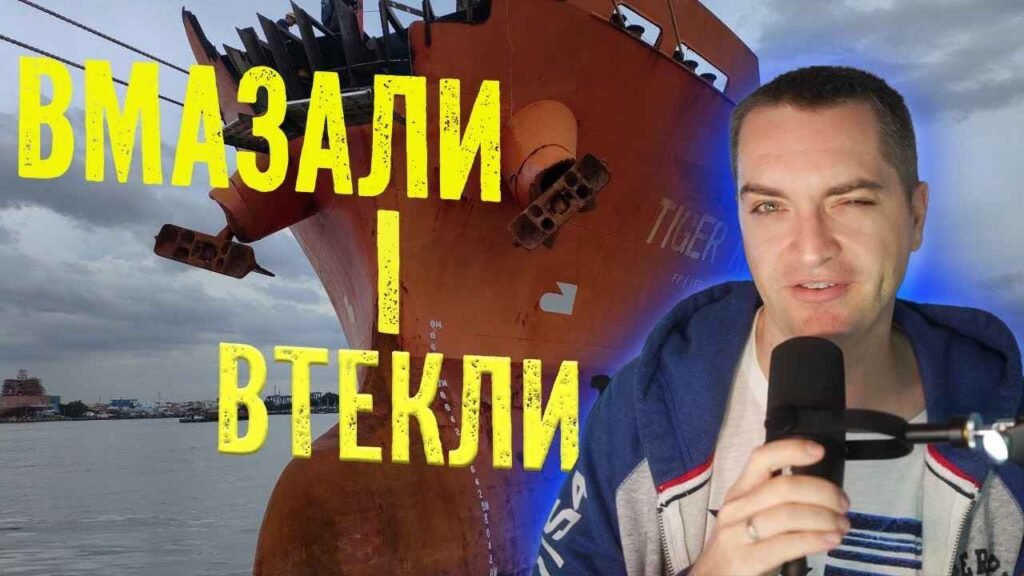
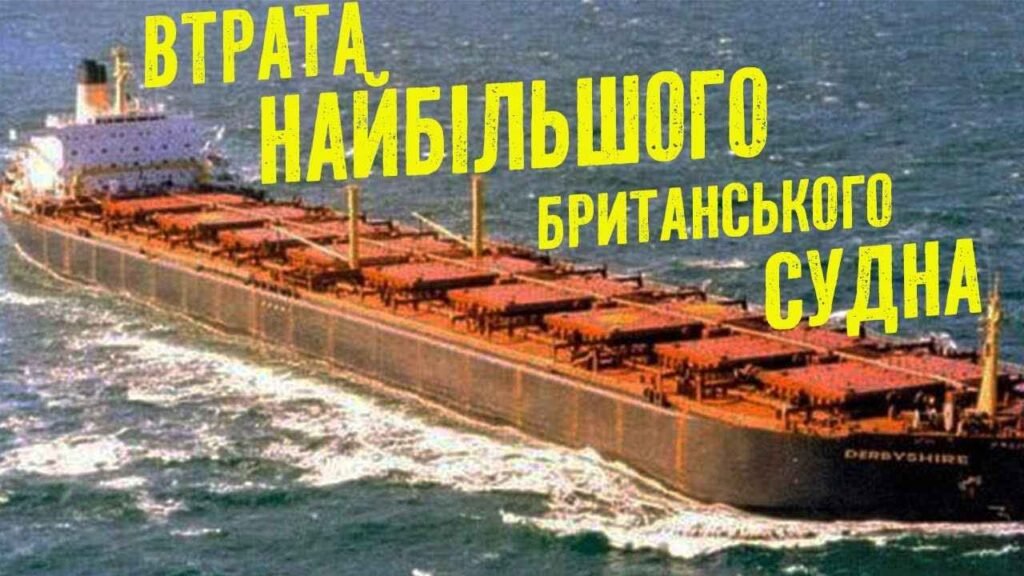
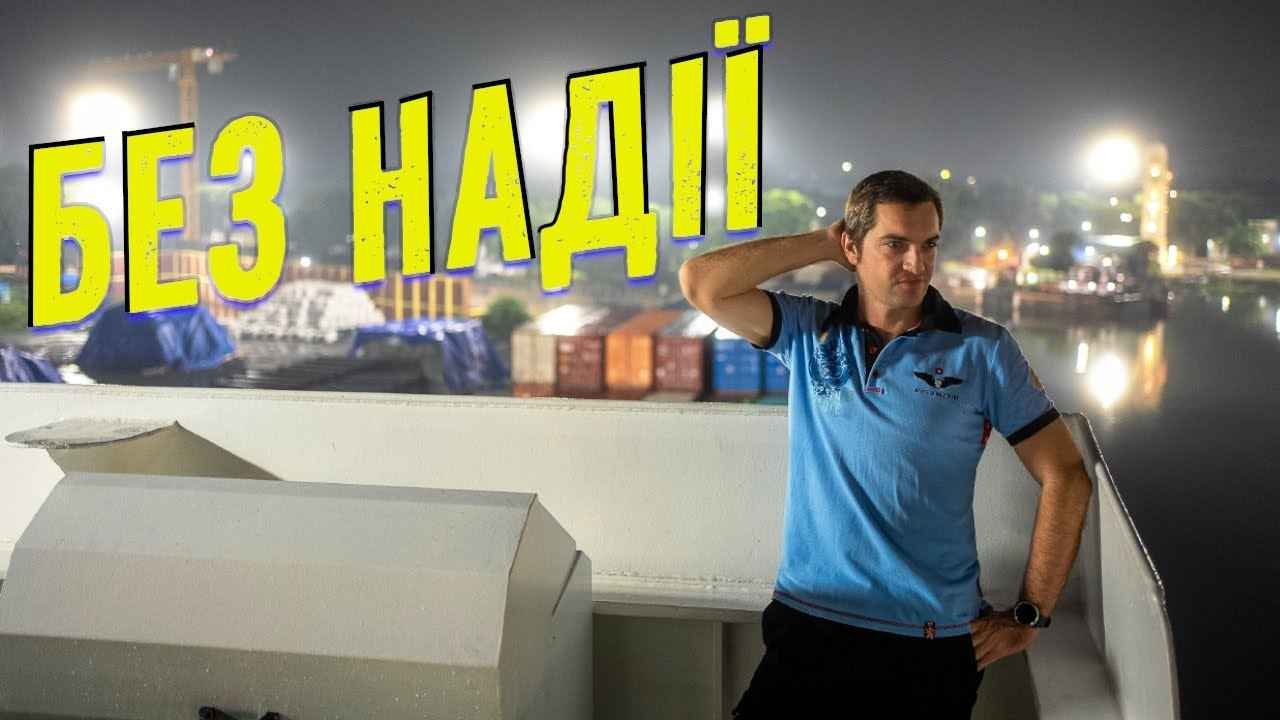
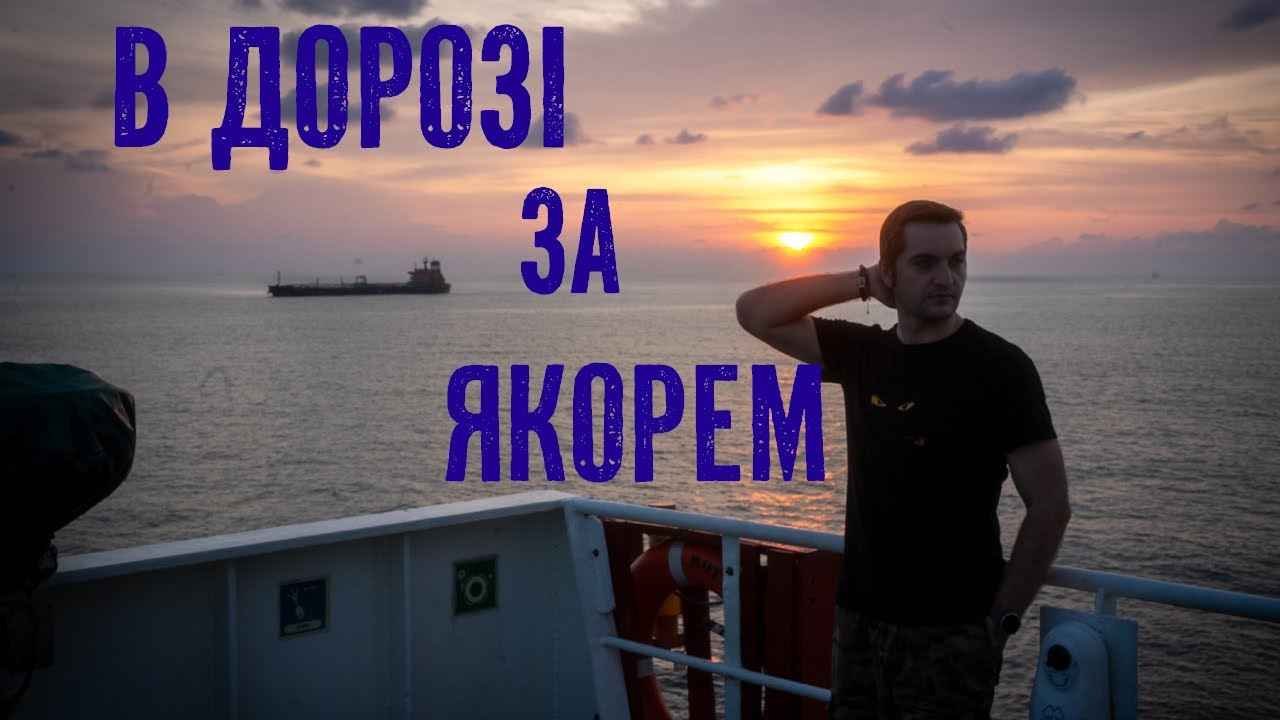


 We send our newsletter only once a month.
We send our newsletter only once a month.